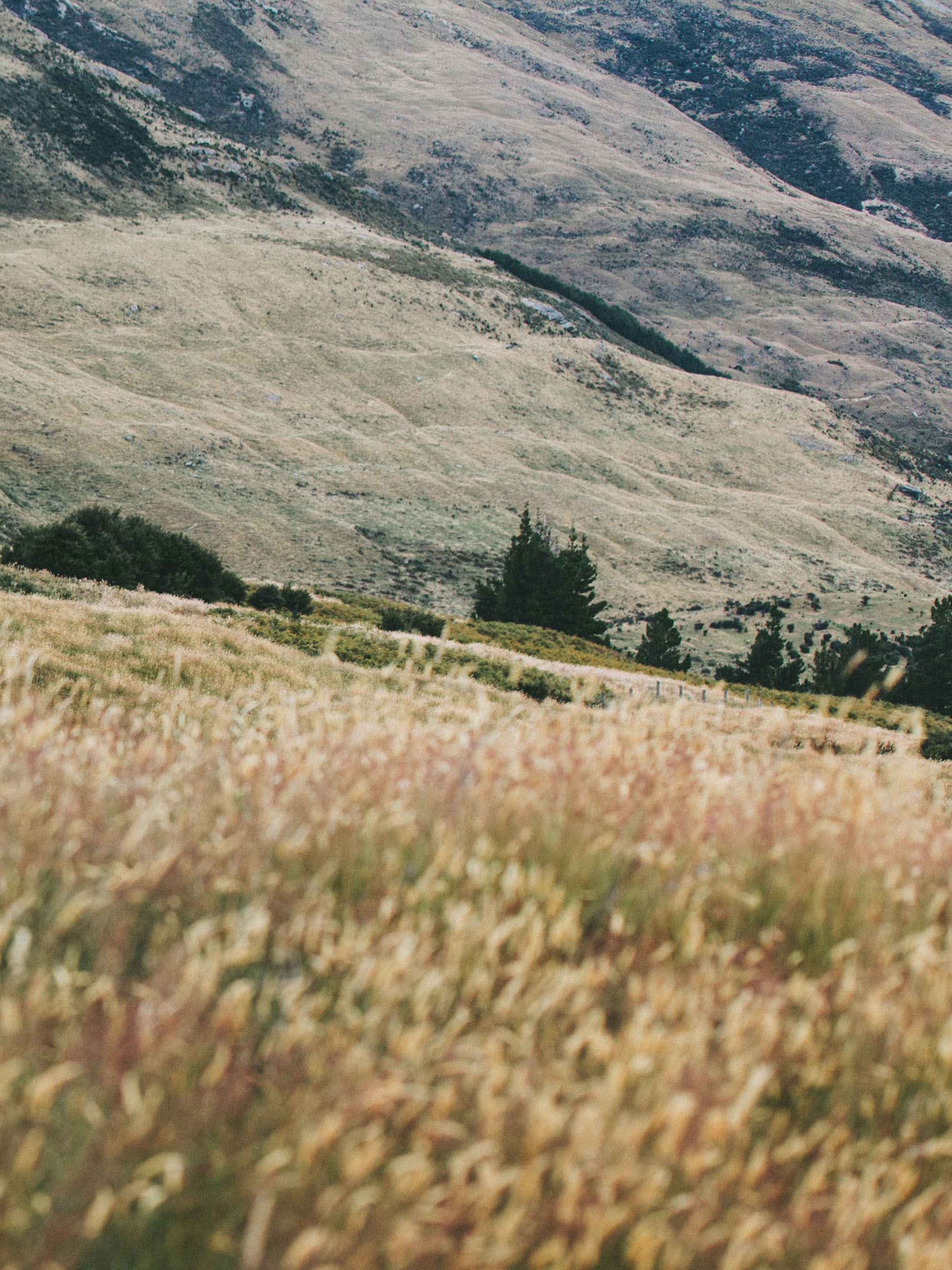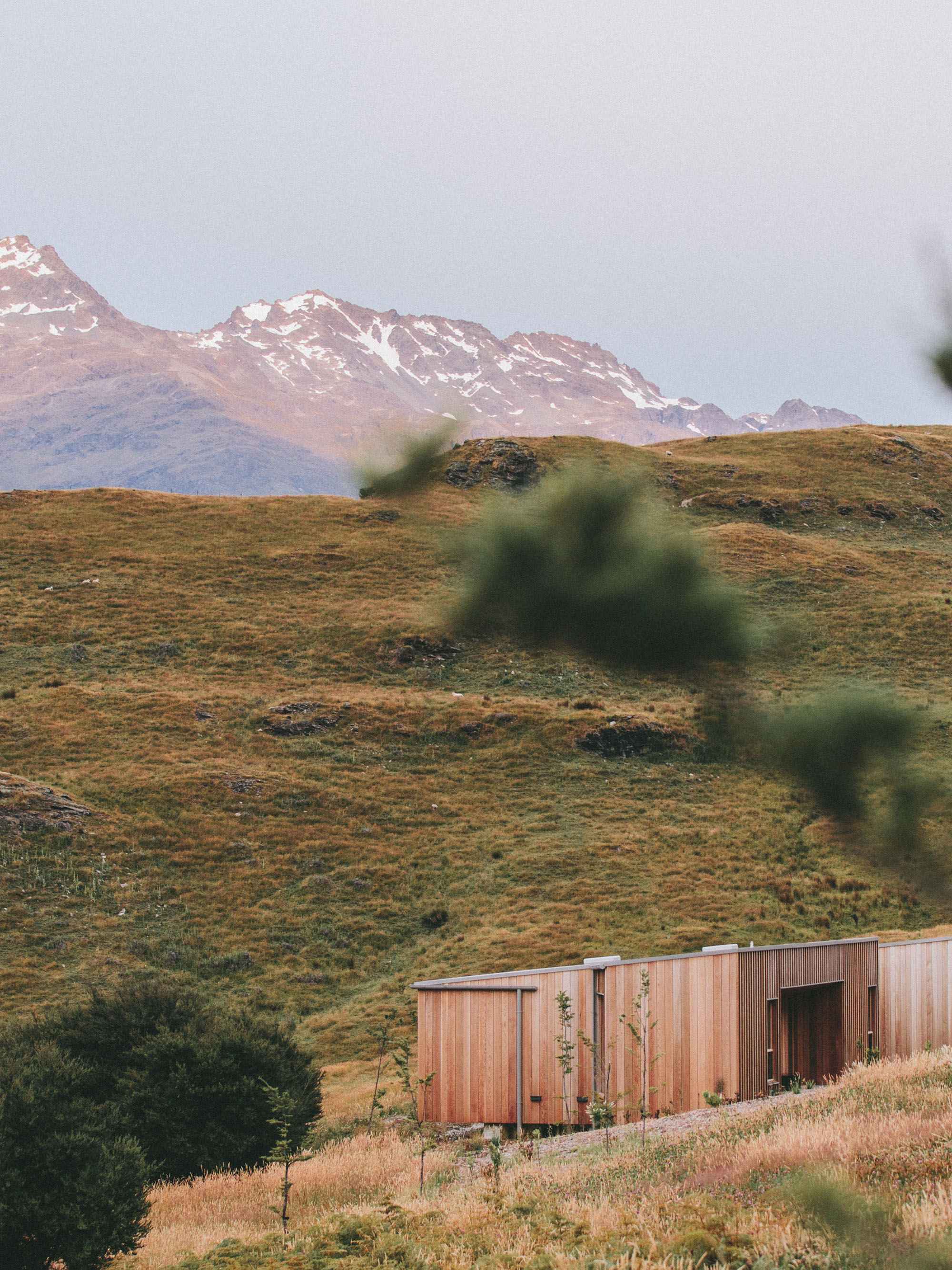Imps of Darkness
/“The black Lava rocks on the beach are frequented by large (2-3 ft.) most disgusting, clumsy Lizards. They are as black as the porous rocks over which they crawl & seek their prey from the Sea. Somebody calls them “imps of darkness.” They assuredly well become the land they inhabit.”
Today is the birthday of Charles Darwin. He is of course famous for his science and history changing opus magnus, On the Origin of Species by Means of Natural Selection, or the Preservation of Favoured Races in the Struggle for Life. He is also known for his interest in finches, giant tortoises, barnacles, and insectivorus plants. It is not widely known though his revulsion for one animal seen in the Galapagos Islands during his visit on the Beagle.
The "imps of darkness" he refers to are the species of marine iguana seen during his travels.
Although Darwin himself did not coin the term, he saw it fitting for such a bizarre animal. Others have been fascinated by them as well. Herman Melville, in his novella, Las Encantadas writes:
“Another feature in these isles is their emphatic uninhabitableness. It is deemed a fit type of all-forsaken overthrow that the jackal should den in the wastes of weedy Babylon, but the Encantadas refuse to harbor even the outcasts of the beasts. Man and wolf alike disown them. Little but reptile life is here found: tortoises, lizards, immense spiders, snakes, and that strangest anomaly of outlandish nature, the iguana. No voice, no low, no howl is heard; the chief sound of life here is a hiss.”
Happy birthday Mr. Darwin. Thank you for your contributions to the understanding of life on this planet.
Charles Darwin (1809-1882)























